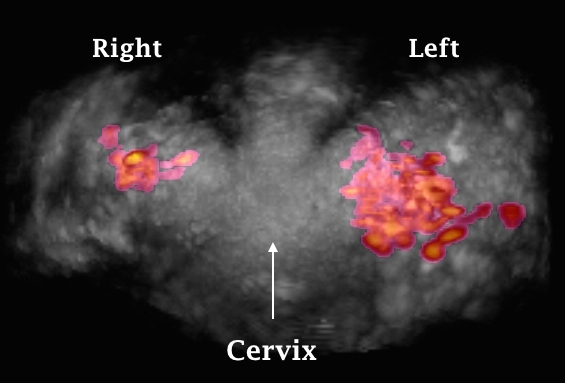Renal Nutcracker Syndrome Symptoms
Kidney Disease. Also known as Renal Disease, Kidney Failure Chronic Kidney Disease CKD Acute Kidney Injury AKI Acute Renal Failure ARF End Stage Renal Disease ESRD Nephrotic Syndrome. The kidneys are part of the bodys urinary tract. The urinary tract consists of two kidneys, two tube like ureters that drain urine from each kidney into the bladder a storage sac, and the urethra, another tube that carries the urine out of the body. Muscles help control the release of urine from the bladder. The kidneys are a pair of bean shaped organs that are located at the bottom of the ribcage in the right and left sides of the back. Within them are about a million tiny blood filtering units called nephrons. In each nephron, blood is continually filtered through a microscopic cluster of looping blood vessels, called a glomerulus. The glomerulus allows the passage of water and small molecules but retains blood cells and larger molecules. Renal Nutcracker Syndrome Symptoms' title='Renal Nutcracker Syndrome Symptoms' />